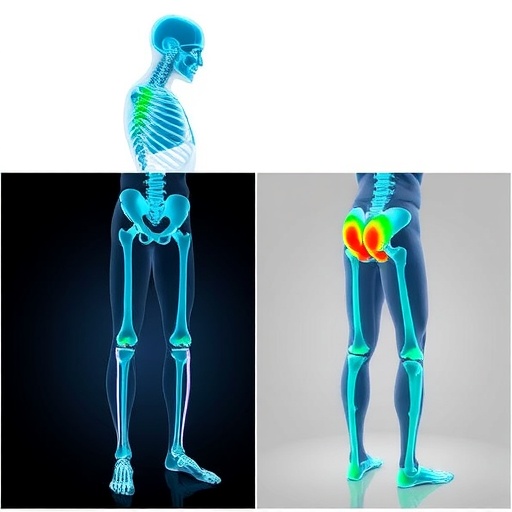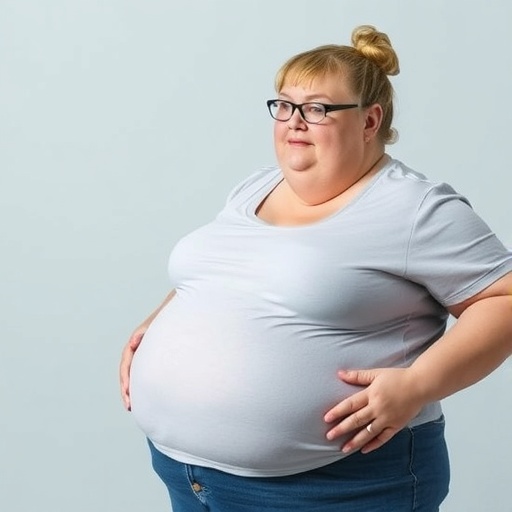In a surprise finding, researchers working with breast cancer cells purchased at the same time from the same cell bank discovered that the cells responded differently to chemicals, even though the researchers had not detected any difference when they tested them for authenticity at the time of purchase.
Had the cells been the same, the exposure to chemicals would have produced similar results in the cells. Instead, identical experiments in two different laboratories – one at the Johns Hopkins Bloomberg School of Public Health and another at Brown University – produced very different results, even when the researchers swapped out the cells and replicated their experiment to rule out issues at the respective laboratories. Upon further testing, however, the researchers discovered that the cells had been genetically different from the time they acquired them.
Researchers have long worked under the assumption that cells purchased from the same lot of a cell bank are clones — after all, they presumably result from divisions of a single cell, and therefore should all carry the same DNA. The reliability of cells is the foundation of much scientific research.
The findings, being published online July 26 in the journal Scientific Reports and discussed at the EuroScience Open Forum (ESOF) in Manchester, England, were made by a research team led by scientists at the Johns Hopkins Bloomberg School of Public Health. Even if this was one bad batch, the discovery raises uncertainty about the reproducibility of experiments using cells that researchers have assumed were the same and contained the same DNA. For the researchers, the flawed cells cost them several years of work and close to $1 million in research funding from the National Institutes of Health.
"Every researcher believes that if they use cells from the same line of cells, particularly cells from the same lot of a cell bank, then they have clones that should look and act the same," says study leader Thomas Hartung, MD, PhD, a professor in the Bloomberg School's departments of Environmental Health Sciences and Molecular Microbiology and Immunology. "We learned in this study that that is not always the case."
Cell irregularities are not unprecedented. Last year, Italian researchers reported instances of genetic instability in another tumor cell line from different laboratories. However, they did not detect instability in cells from the same lot from a single cell bank, as the Bloomberg School researchers did. Separately, three years ago, an international study using the same cell line as the Bloomberg School researchers, also failed because the cells were inconsistent, but this was not traced back to the cell source but blamed on the university laboratories.
The discovery came about when Hartung and other researchers at the Bloomberg School and Brown University were performing experiments for the Human Toxome Project, a large effort led by Hartung and taking place at six study centers across the country to better understand the toxicity of various chemicals by testing them on cell cultures.
For this experiment, the researchers worked with cells from the MCF-7 (Michigan Cancer Foundation-7) line, a well-established breast cancer line isolated in 1970. It has been used in original research published in more than 23,000 scientific articles. Many cancer cell lines, including this one, are "immortalized"–meaning that they've lost the natural stop of dividing over time, creating limitless numbers of cells of the same type.
To perform identical experiments at the two different schools, researchers from the Bloomberg School and Brown purchased frozen vials of cells of the same lot from the same cell bank. As a standard precaution to make sure that the cells they'd purchased weren't contaminated with others of a different type, the researchers at each school performed a test that sampled short segments of the genome, called short tandem repeats. The test suggested that the cells were genetically identical.
However, when the researchers began comparing notes from their experiments, they found that cells at the two different schools looked and behaved in vastly different ways, says Hartung, who also directs the Center for Alternatives to Animal Testing at the Bloomberg School.
The MCF-7 cells at the Bloomberg School grew flat, with a cobblestone-like appearance, while those at Brown grew in large, heap-like aggregations. When the cells were exposed to estrogen, those at Brown proliferated wildly but those at the Bloomberg School remained static. Further tests at the two schools showed that the different batches of cells produced different amounts of metabolic byproducts and had different patterns of gene activation.
As noted above, to rule out whether dissimilarities between the two labs' techniques were responsible for these variations, the schools swapped cells and tried the experiments again–with identical results to the original experiments at the opposite school.
When the researchers performed another, more thorough test — called comparative genomic hybridization (CGH) — to check for genomic differences, they found that the two batches of cells were riddled with variations, presumably the cause for their host of differences. Fortunately, both laboratories had an additional vial of the same lot as obtained from the cell bank in their freezers that they'd never touched. The big surprise: They already showed the same genetic differences, before they'd been exposed to anything.
The findings shed light on a potentially huge problem for the reproducibility of scientific experiments that use tumor cell cultures, Hartung explains. "This might explain, why three years ago a big international study using this very cell line failed because of lacking reproducibility," he says.
The results are a call to action for cell banks to rethink quality assurance procedures, Hartung says. By using detailed genetic testing, such as CGH, cell banks and their scientist customers can be reassured that cells from the same lot are indeed genetically identical, helping to reassure that they'll behave the same in identical experiments.
Hartung and colleagues have previously called for tighter quality controls. In 2005, he led a team that published recommendations for Good Cell Culture Practice aimed at quality standards for cell banks and researchers. These eventually led to the founding of the International Good Cell Culture Practice Collaboration, which has representatives form organizations and agencies from around the world and is formally launching at ESOF 2016.
"It is our goal to develop internationally agreed-upon standards for quality assurance of cell cultures and how we report on our experiments," Hartung says.
###
"Genetic variability in a frozen batch of MCF-7 cells invisible in routine authentication affecting cell function" was written by Andre Kleensang, Marguerite M. Vantangoli, Shelly Odwin-DaCosta, Melvin E. Andersen, Kim Boekelheide, Mounir Bouhifd, Albert J. Fornace Jr, Carolina B. Livi, Samantha Madnick, Alexandra Maertens, Michael Rosenberg, James D. Yager and Thomas Hartung.
This work was supported by an NIH Transformative Research Grant, "Mapping the Human Toxome by Systems Toxicology" (RO1 ES 020750).
Media Contact
Stephanie Desmon
[email protected]
410-955-7619
@JohnsHopkinsSPH
http://www.jhsph.edu




